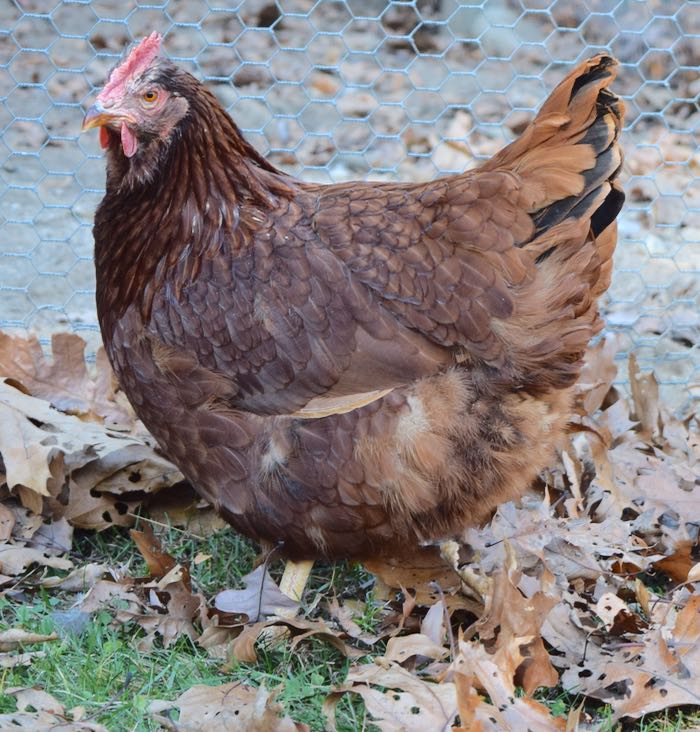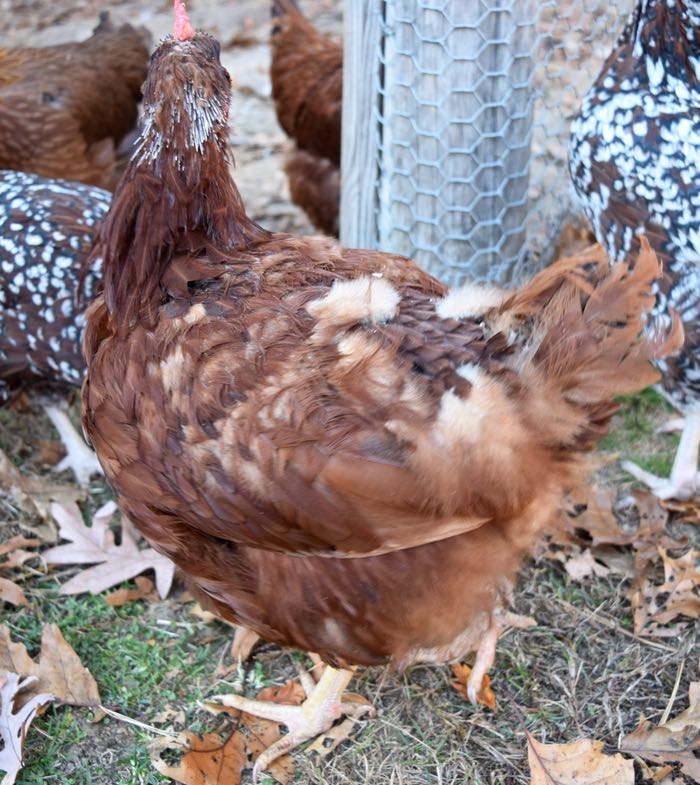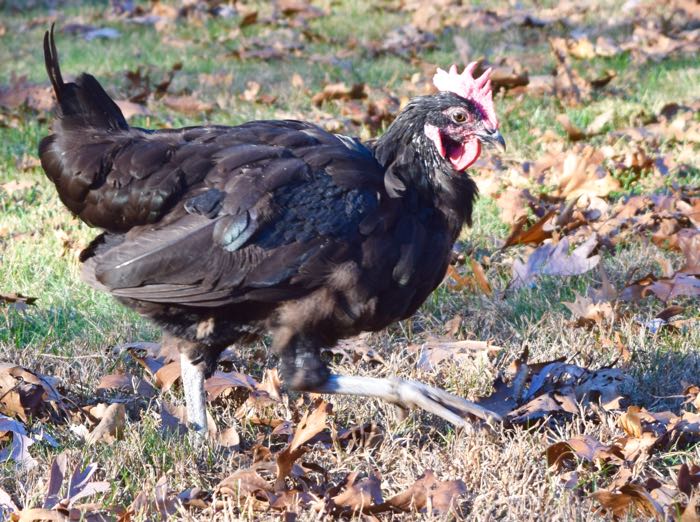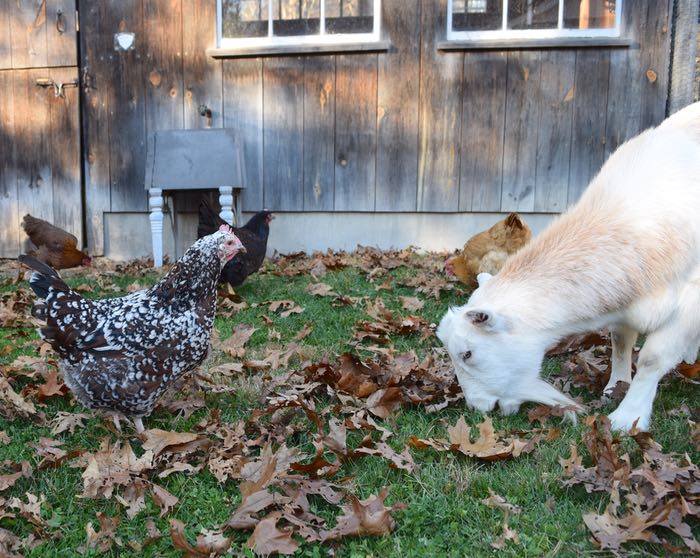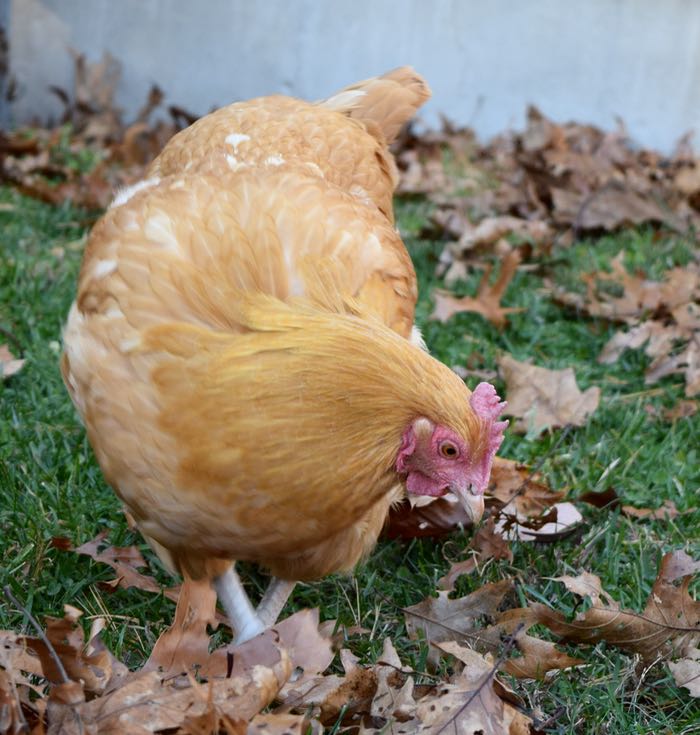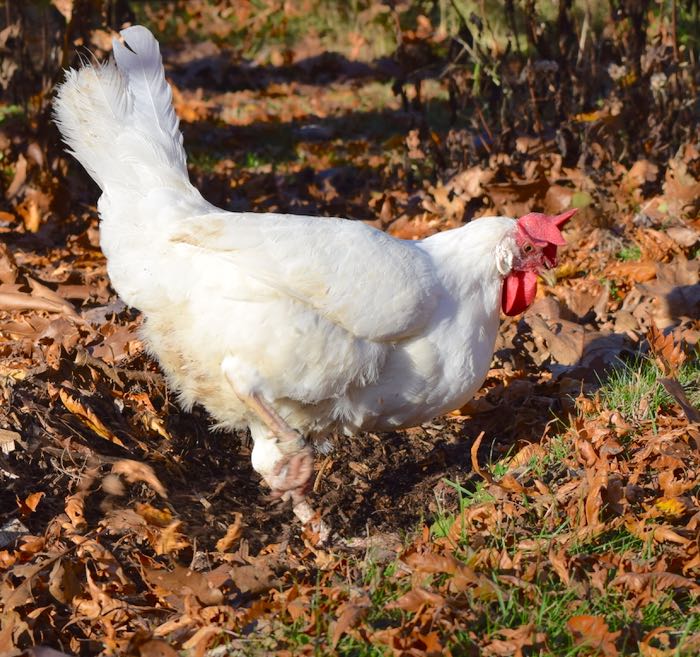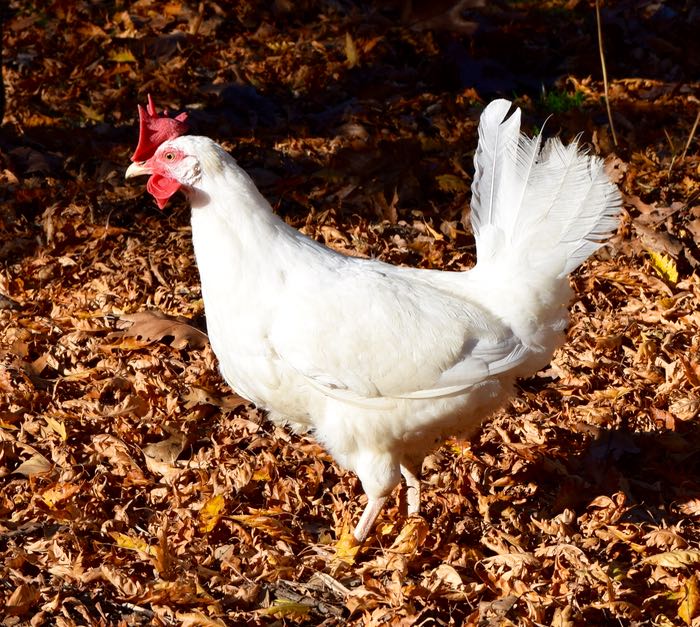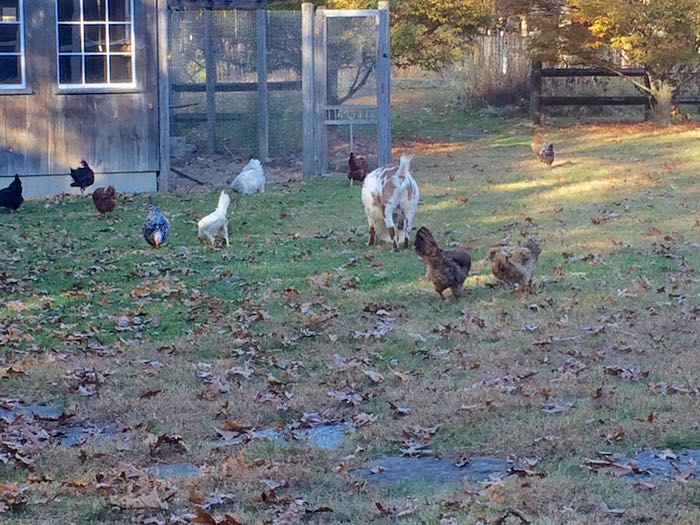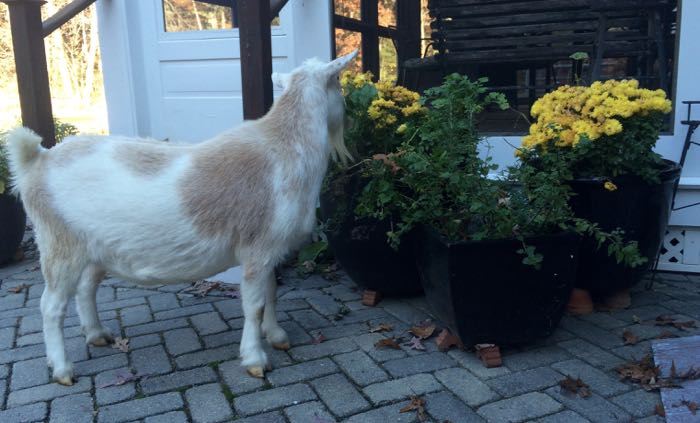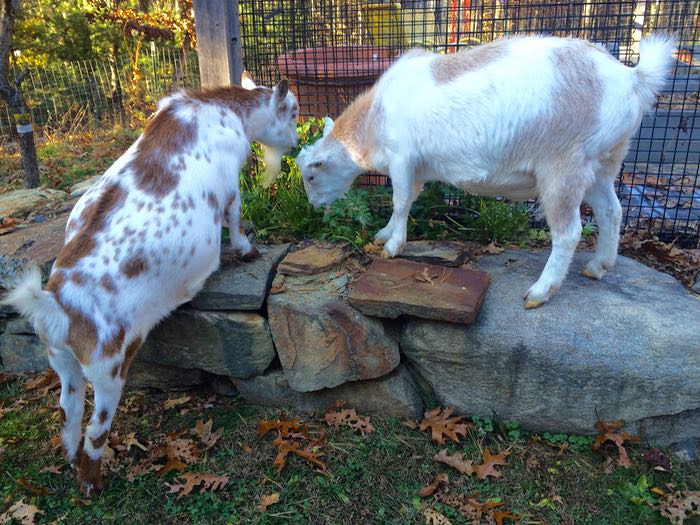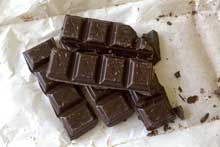I arrived at the stable early afternoon. It was a rainy day and the horses were all inside. There’s something so peaceful about a dusky barn. But I heard a noise that broke the mood. I’m deaf. Cochlear Implants allow me to hear. When I first come across an unknown sound, my brain can’t make sense of the inputs. I have to see the source of the noise in order to process it. Once I can do that, it usually sounds normal.
What I heard in the barn sounded like a leaf blower. Or maybe a horse in pain. Or a piece of machinery inadvertently left on. The other thing about wearing CIs is that I have minimal directional hearing. Especially with an unknown sound, I don’t have a clue where it’s coming from. I walked down the aisle, on alert.
That’s when I saw Lano, sprawled out. His eyes were open and he was making the most awful noise. I didn’t panic. I let my brain make sense of the scene.
Instead of finding a disaster, I had come across a totally ridiculous and hilarious horse.
He was snoring. Enjoy.
